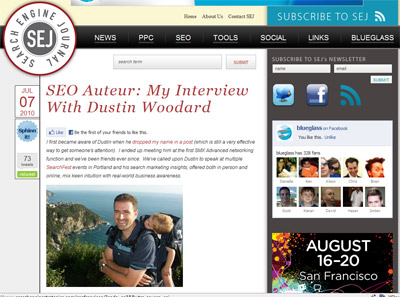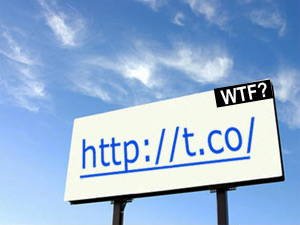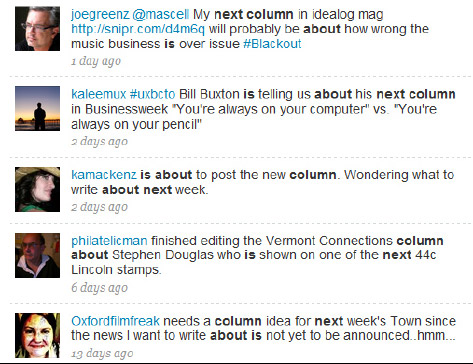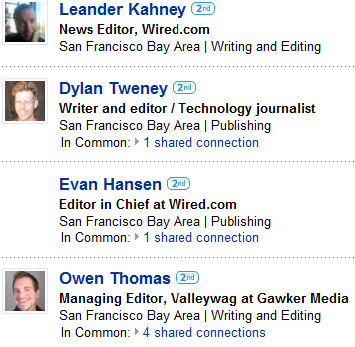Something caught my attention while in Gmail today. Google had an ad targeting SEOs to get them to use Google Adwords for their clients. Seemed reasonable, but I was a little surprised by what I found.
Here’s the Google Engage Ad I saw:

I clicked on the link and ended up on the homepage for Google Engage. Immediately you are greeted with the following message:
Are you a search engine optimization (SEO) professional that helps small businesses with their online presence?
The Google Engage program offers search engine optimization professionals like yourself the training and tools that will help you offer AdWords services to your clients.
Clearly there is no SEO engagement here, but that is fine. They simply want more Adwords clients. Reading further through the page, I was surprised to see the page was written by someone who used English as a 2nd language:
“As a member, you will get the following benefits: Trainings to build and enhance your AdWords skills”
“By enhancing your online skill set and knowledge of Google products, you’ll be more attractive to potential clients and more beneficial to your existing ones.”
“Register today and begin further growing your business with Google!”
“Google Engage has already helped thousands of businesses and individuals around the world establish great business opportunities.”
 Do I want to be trained on bidding for English words by an organization that uses “trainings” on the most important page for their program? Reading through the entire page, the choice of words reminds me of some of the poor content creation attempts I see on the web that were written by agencies based in the Philippines who will write articles for $0.05 a piece.
Do I want to be trained on bidding for English words by an organization that uses “trainings” on the most important page for their program? Reading through the entire page, the choice of words reminds me of some of the poor content creation attempts I see on the web that were written by agencies based in the Philippines who will write articles for $0.05 a piece.
To make matters worse, the only customer quote they could come up with was from WEBSEM based out of Israel. They didn’t even list his name, nor did they link to his site. A search for WEBSEM agency doesn’t work, but WEBSEM Israel gives me a LinkedIn page. The only person close to being a “Founder” attached to the company is Asaf P who lists himself as the Operating manager. His link goes to www.websem.co.il which, according to Google, is completely in Hebrew. Of course, translating it to English produces poor results.
There’s nothing wrong with using a customer quote out of Israel, but I found myself looking at the URL several times to see if I, in fact, am on Google.com because there were very few signals that made me feel like the Google Engage program was legitimate.
But I did find this video:
/End Rant – Okay, I know I’m picking on Google Engage, but I do think they could get better “engagement” if they ran their homepage text through a fluent English-speaking editor & marketer.
Some SEM agencies will be put off by the Google Engage program (Is Google Trying to Steal their customers?). I specialize in only Organic SEO Consulting and a couple of my customers already spend over a million dollars each month on AdWords, so my participation would in the program would primarily be motivated by the $100 credit I could give to some of my smaller customers.

 Background on the t.co Domain
Background on the t.co Domain When you have major game-changing news or work for an incredibly popular company, having relationships with the press is easy. For the rest of us, there’s a right way and a wrong way to establish a relationship with the press.
When you have major game-changing news or work for an incredibly popular company, having relationships with the press is easy. For the rest of us, there’s a right way and a wrong way to establish a relationship with the press.

 Besides performing smart searches, how do you actually establish a relationship with the press? It is fairly simple. Take a look at the pictures on the right.
Besides performing smart searches, how do you actually establish a relationship with the press? It is fairly simple. Take a look at the pictures on the right.